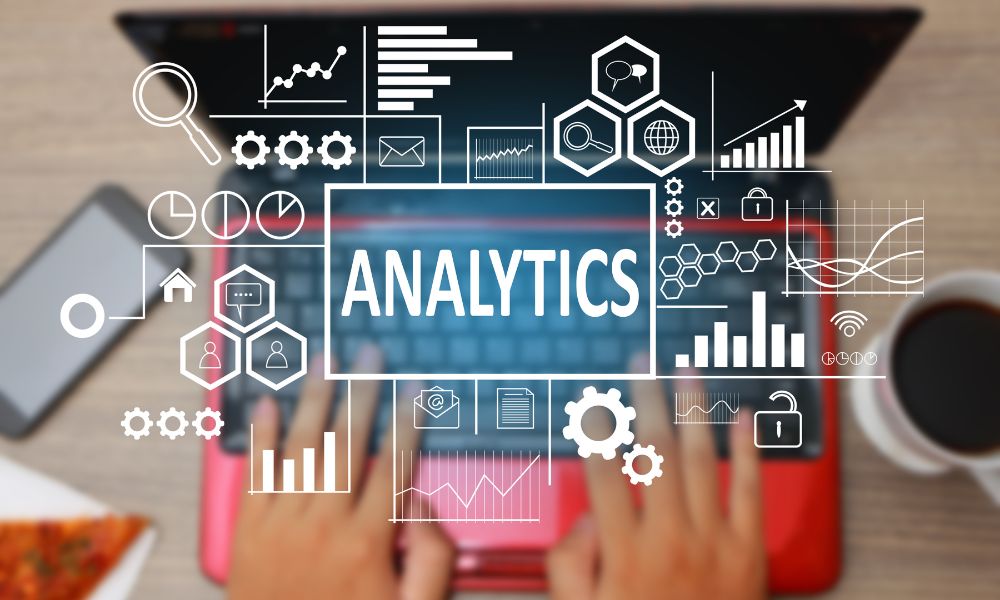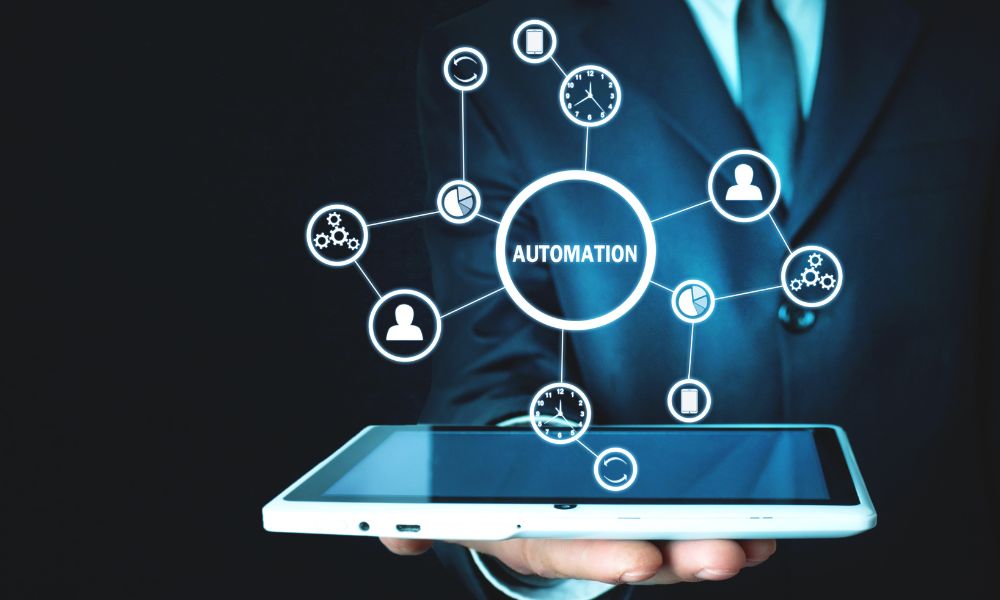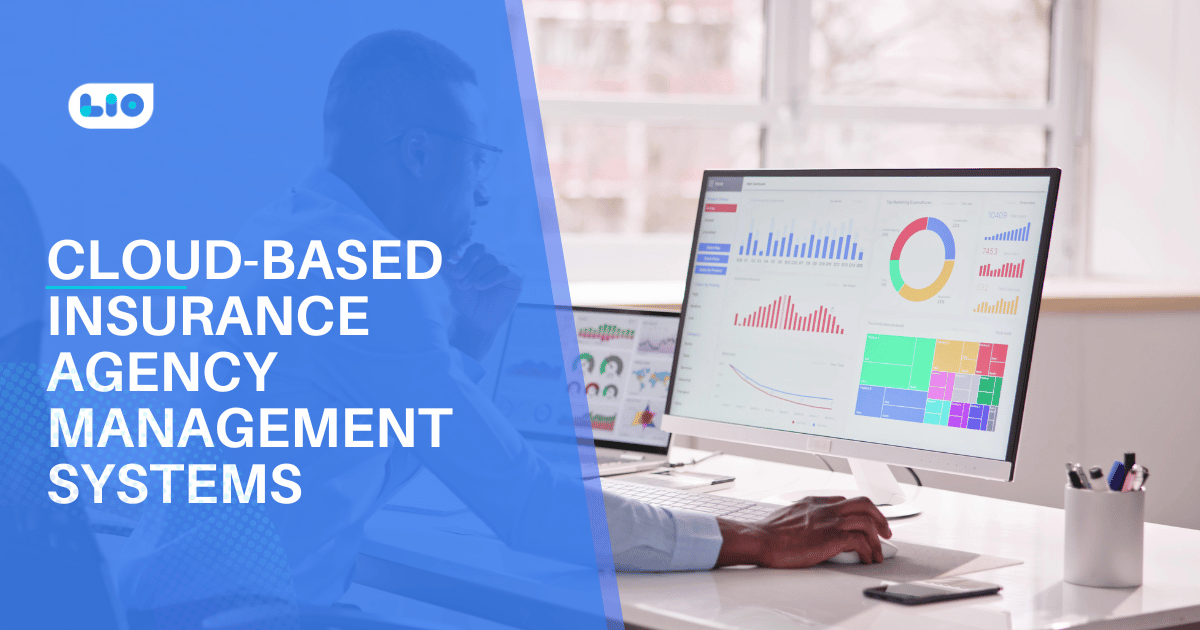Harnessing the Power of IoT: Revolutionizing Inventory Management

Do you want to know what IoT inventory management is? If yes, read the below article to know all about it and more.
The advent of the Internet of Things (IoT) has revolutionized various industries, and inventory management is no exception. By leveraging IoT technologies, businesses can achieve real-time visibility, optimize processes, and streamline operations.
This article explores the concept of IoT inventory management, its benefits, and implementation strategies, and addresses frequently asked questions to help businesses unlock the potential of this transformative technology.
Understanding IoT Inventory Management
Definition and Principles
IoT inventory management is a transformative approach that leverages the power of Internet of Things (IoT) technologies to revolutionize the way businesses manage their inventory.
It involves the use of interconnected devices, sensors, and data analytics to gain real-time visibility, automate processes, and optimize inventory levels. By seamlessly integrating IoT into inventory management, businesses can enhance operational efficiency, improve accuracy, and make data-driven decisions.
Key Aspects of IoT Inventory Management
Let us now look at some of the key aspects of IoT inventory management:
Connected Devices and Sensors
IoT inventory management relies on a network of interconnected devices and sensors that collect and transmit data in real-time. These devices can monitor inventory levels, track shipments, and measure environmental conditions such as temperature and humidity.
Data Analytics

The data collected from IoT devices is processed and analyzed using advanced analytics techniques. Data analytics helps in deriving valuable insights, identifying patterns and trends, and making informed decisions related to inventory management.
Real-Time Visibility
One of the key advantages of IoT inventory management is the ability to have real-time visibility into inventory levels, locations, and conditions. Businesses can access accurate and up-to-date information about their inventory, allowing them to respond quickly to changes in demand and make timely decisions.
Also Read:
Hotel Inventory Management Software
Dropship Inventory Management
Automation and Optimization

IoT enables automation of various inventory management processes. This includes automated inventory tracking, replenishment alerts, and predictive maintenance. With IoT, businesses can optimize their inventory levels, reduce stockouts, and improve overall operational efficiency.
Integration with Existing Systems
IoT inventory management systems can be seamlessly integrated with existing inventory management systems, enterprise resource planning (ERP) systems, and other business software. This integration ensures a smooth flow of data and facilitates centralized management of inventory across different systems.
Benefits of IoT Inventory Management
Real-Time Visibility
IoT sensors provide real-time data on inventory levels, location, and condition, allowing businesses to make informed decisions, optimize stock levels, and prevent stockouts or overstocking.
Improved Efficiency

IoT-enabled automation reduces manual efforts, streamlines workflows, and enables predictive maintenance, optimizing inventory management processes and reducing costs.
Enhanced Accuracy
By automating data capture and eliminating manual errors, IoT inventory management ensures accurate inventory records, reducing discrepancies and improving order fulfillment accuracy.
Demand Forecasting and Planning

IoT data analytics help identify patterns, trends, and customer behavior, enabling businesses to forecast demand accurately, plan inventory levels, and optimize supply chain processes.
Also Read:
Construction Inventory Management with Software Solutions
Importance of Inventory Management Database for Businesses
Strategies for Implementing IoT Inventory Management
Sensor Integration: Deploying IoT sensors and devices to monitor inventory levels, track shipments, and monitor environmental conditions such as temperature and humidity.
Cloud-Based Platforms: Leveraging cloud-based platforms to collect and analyze data from IoT devices, enabling real-time inventory tracking, reporting, and data-driven decision-making.
Data Analytics and Machine Learning: Utilizing advanced analytics and machine learning algorithms to analyze IoT data and derive actionable insights for inventory optimization, demand forecasting, and supply chain planning.
Integration with Existing Systems: Integrating IoT inventory management solutions with existing inventory management systems, ERP systems, and other business software to ensure seamless data flow and synchronization.
Addressing Security and Privacy Concerns
Data Security: Implementing robust security measures, such as encryption, access controls, and regular software updates, to protect IoT devices and data from unauthorized access and cyber threats.
Privacy Compliance: Adhering to data privacy regulations and obtaining necessary consents when collecting and processing personal data through IoT devices.

Maximize Your Online Business Potential for just ₹79/month on Lio. Annual plans start at just ₹799.
How Lio can Help You?
To make your dreams come true of having a business of your own and managing it nicely, Lio App can help you big time. The app lets you keep all sorts of data together in a more organized manner. You can keep records, and create tables and lists while working solo or with a team.
The many features of Lio would help you with your retail business as you would be able to maintain all data on a track that you can use at any time. If you want to upload a document, then you can do that. Know the money transactions, cash inflow, profit and loss you are making, Udhaar, list of products, services, and even the teammates and clients that you have all in one place.
Your retail business ideas will certainly become successful businesses if you go on this journey of managing your business with Lio.
Step 1: Select the Language you want to work on. Lio on Android

Step 2: Create your account using your Phone Number or Email Id.

Verify the OTP and you are good to go.
Step 3: Select a template in which you want to add your data.

Add your Data with our Free Cloud Storage.
Step 4: All Done? Share and Collaborate with your contacts.

Conclusion
IoT inventory management offers transformative capabilities to businesses, providing real-time visibility, improving efficiency, and enabling data-driven decision-making.
By harnessing the power of IoT, businesses can optimize inventory levels, streamline operations, and enhance customer satisfaction. However, it is crucial to address security and privacy concerns and ensure proper implementation strategies to fully realize the benefits of IoT in inventory management.
Frequently Asked Questions (FAQs)
Is IoT inventory management suitable for small businesses?
Yes, IoT inventory management can benefit businesses of all sizes. It offers scalability, flexibility, and cost-effective solutions that can be tailored to meet the needs of small businesses.
What types of inventory can be managed using IoT?
IoT inventory management can be applied to various types of inventory, including raw materials, finished goods, perishable items, and high-value assets.
Can IoT inventory management integrate with existing inventory management systems?
Yes, IoT inventory management solutions can be integrated with existing inventory management systems, ERP systems, and other business software to ensure seamless data flow and synchronization.
How does IoT inventory management improve accuracy and reduce errors?
IoT inventory management automates data capture, eliminating manual entry errors and providing accurate real-time information on inventory levels, locations, and conditions. This reduces discrepancies, improves order fulfillment accuracy, and minimizes costly inventory errors.
What are the potential challenges in implementing IoT inventory management?
Some challenges include the initial investment in IoT devices and infrastructure, ensuring data security and privacy, integrating IoT solutions with existing systems, and training staff on new technologies. However, with proper planning and implementation strategies, these challenges can be overcome, and the benefits of IoT inventory management can be realized.








